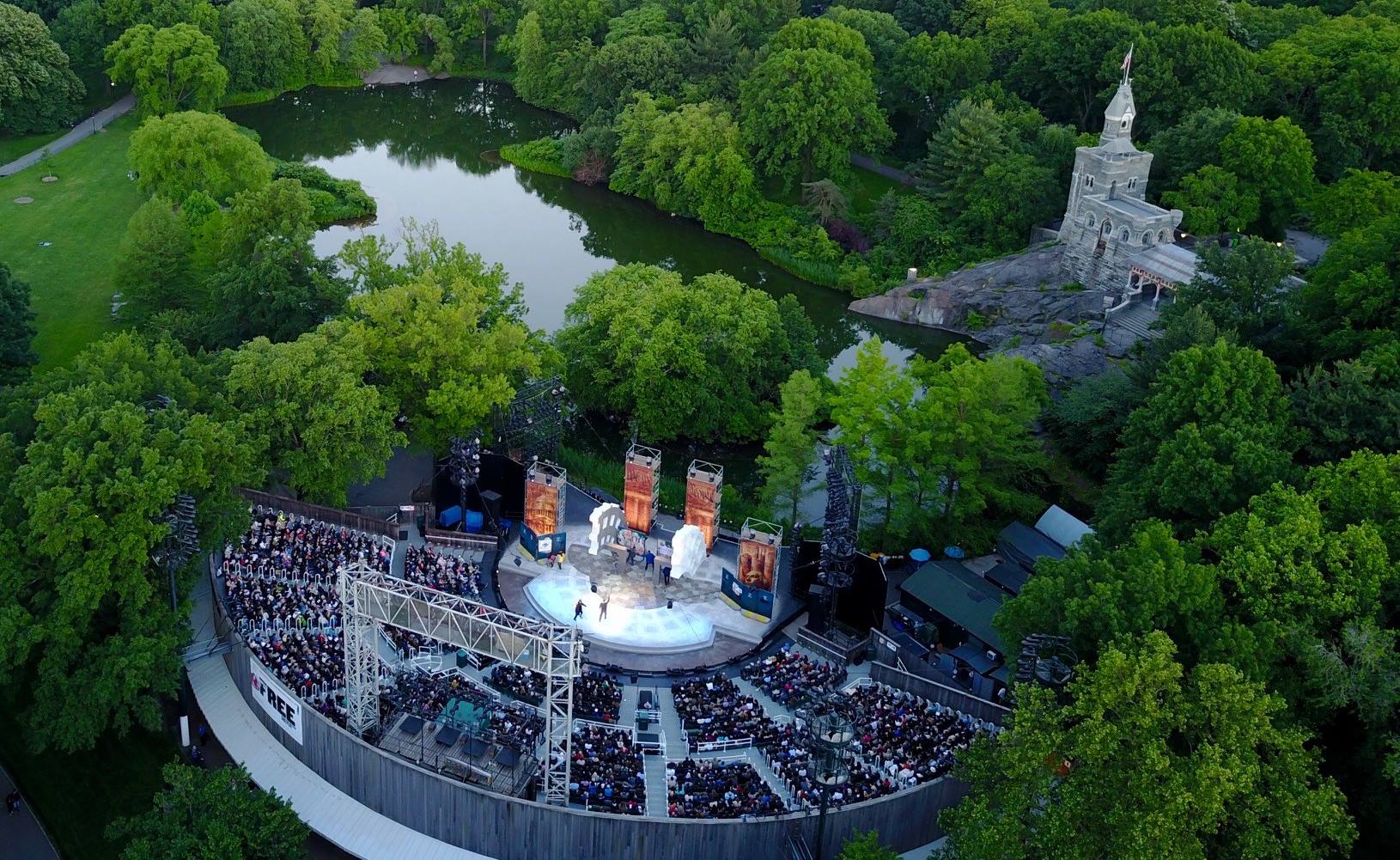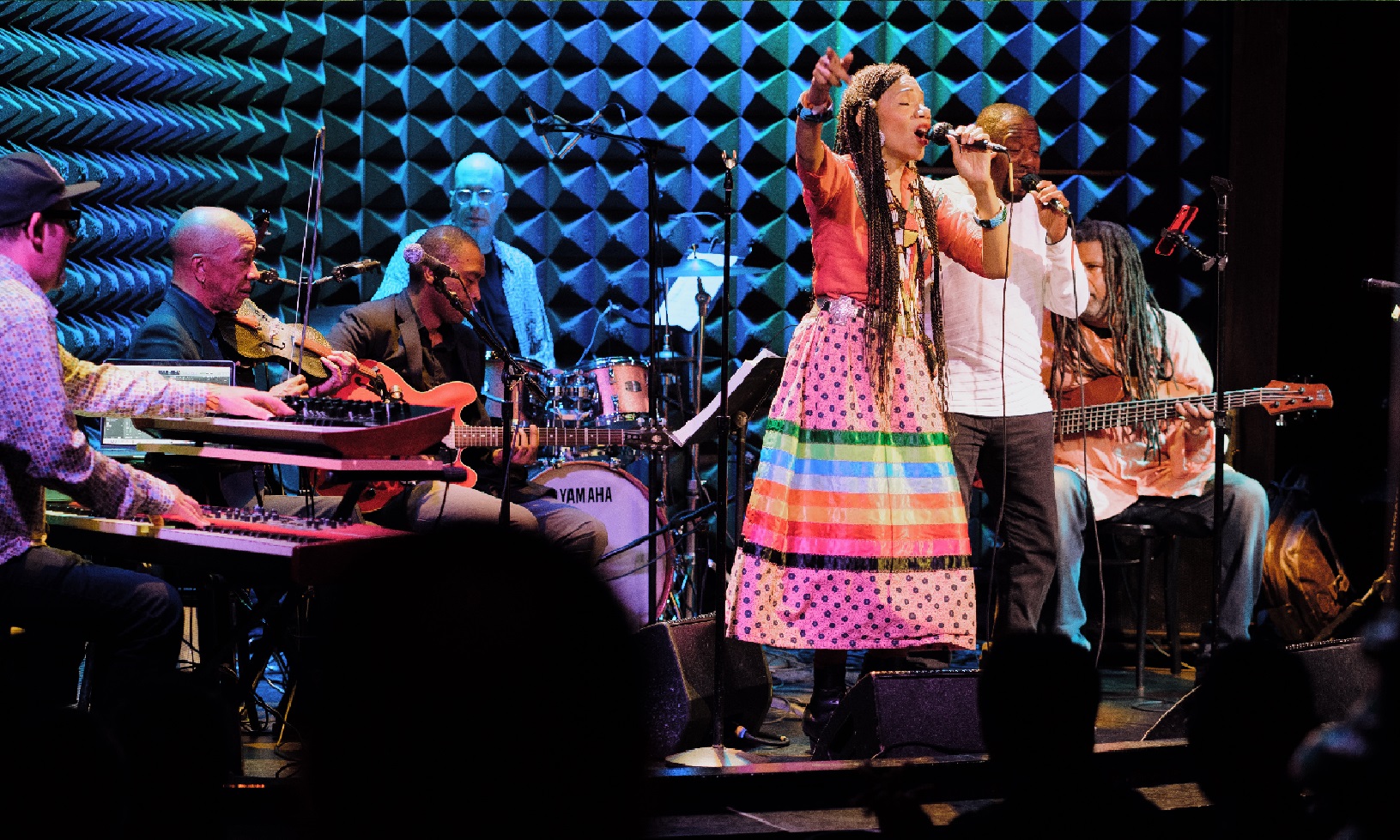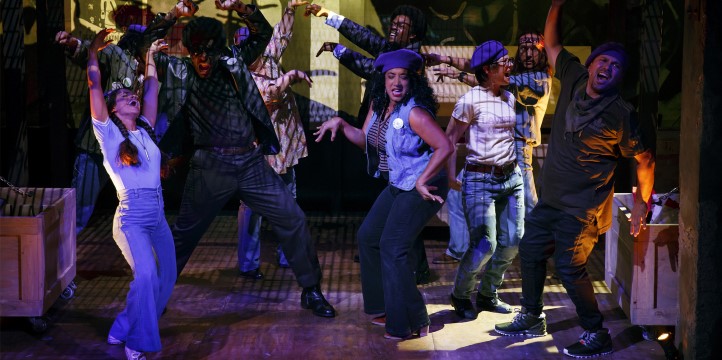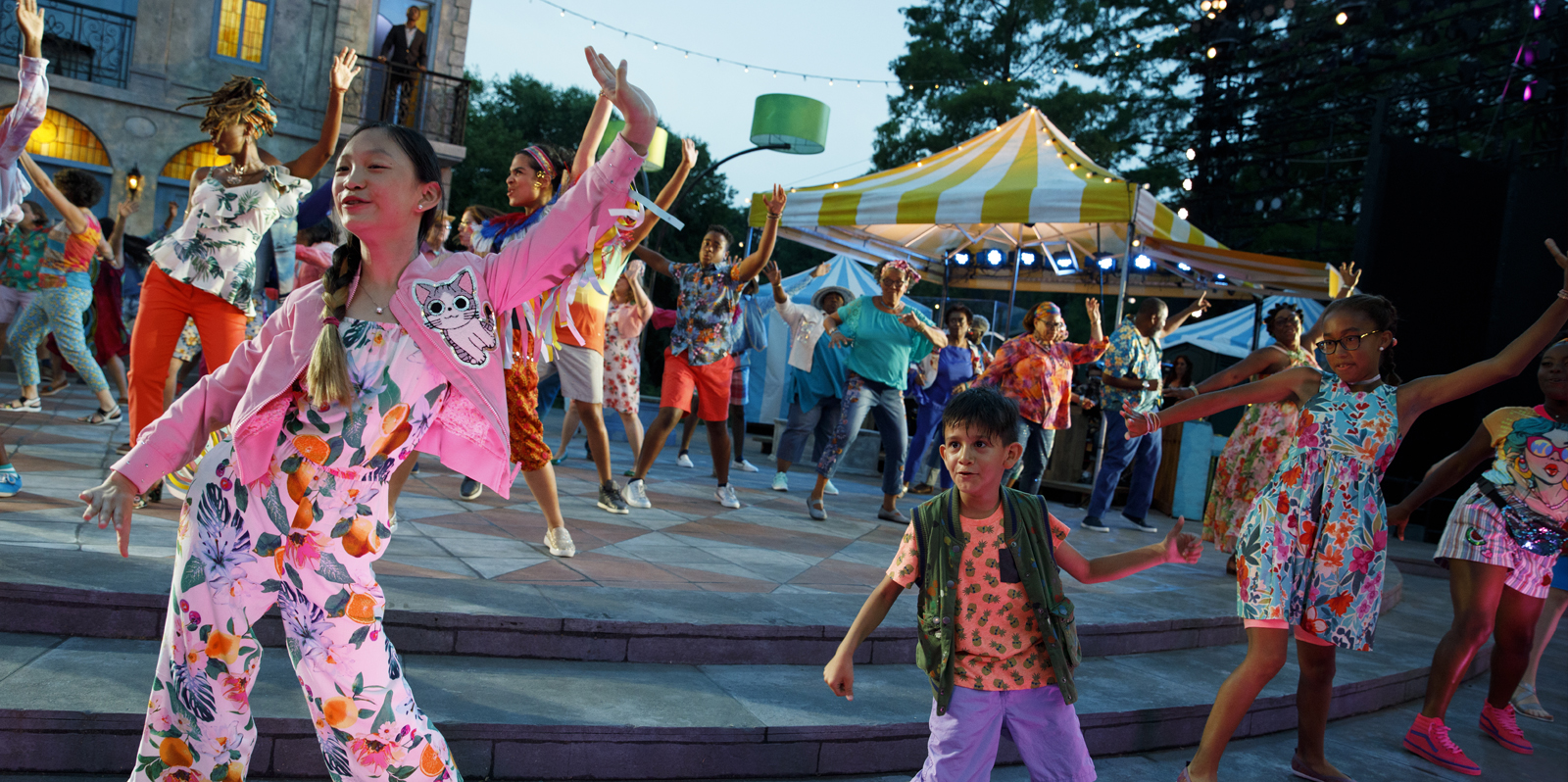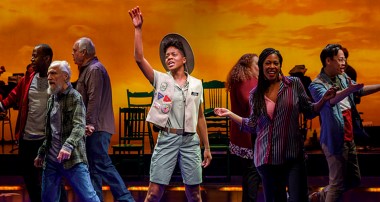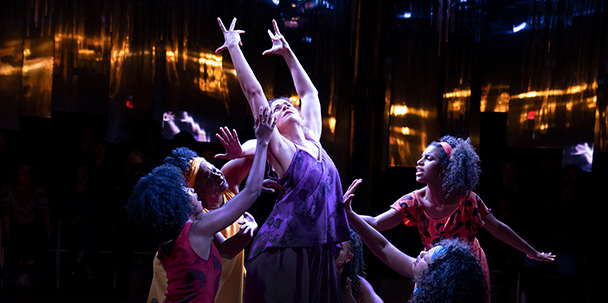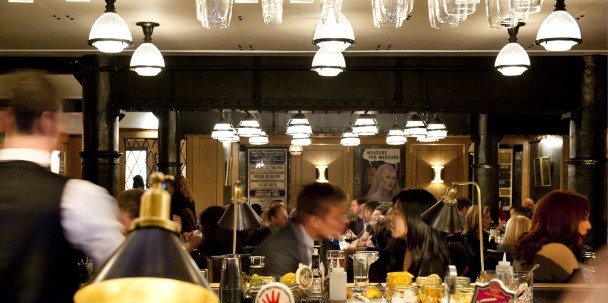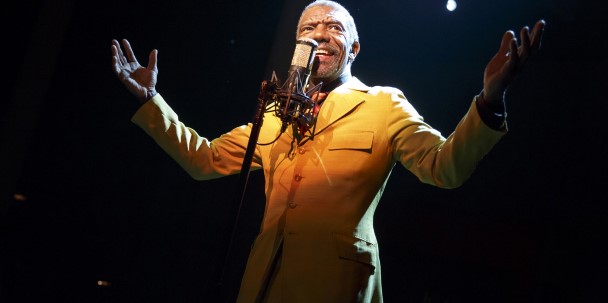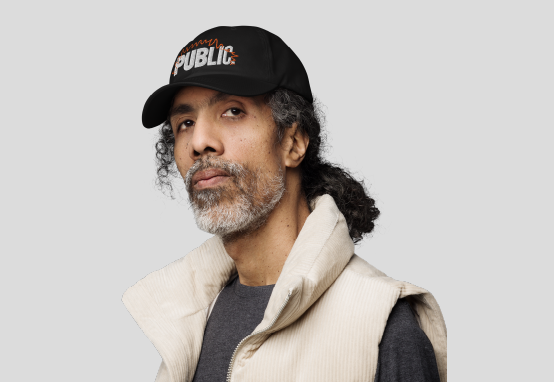If you need support to process the violence or historical trauma depicted in MANAHATTA we encourage you to seek care using the resources below:
We R Native
A comprehensive health resource for Native youth, by Native youth, providing content and stories about the topics that matter most to them.
Crisis Text Line
Crisis Text Line has partnered with the Indian Health Service to ensure that Native people have access to safe, confidential, and non-judgmental service to discuss the emotions this report brings to the surface. If you need someone to talk to, text NATIVE or INDIGENOUS to 741741 to reach a volunteer Crisis Counselor.
GLSEN
Every day GLSEN works to ensure that LGBTQ students can learn and grow in a school environment free from bullying and harassment. Check out their resources to support Native and Indigenous LGBTQ students.
StrongHearts Native Helpline
1-844-7NATIVE (762-8483) is a 24/7 safe, confidential, and anonymous domestic and sexual violence helpline for Native Americans and Alaska Natives, offering culturally-appropriate support and advocacy.
One Sky Center
One Sky Center is a National Resource Center for American Indian and Alaska Native Health, Education, and Research. It is dedicated to quality health care across Indian Country.

